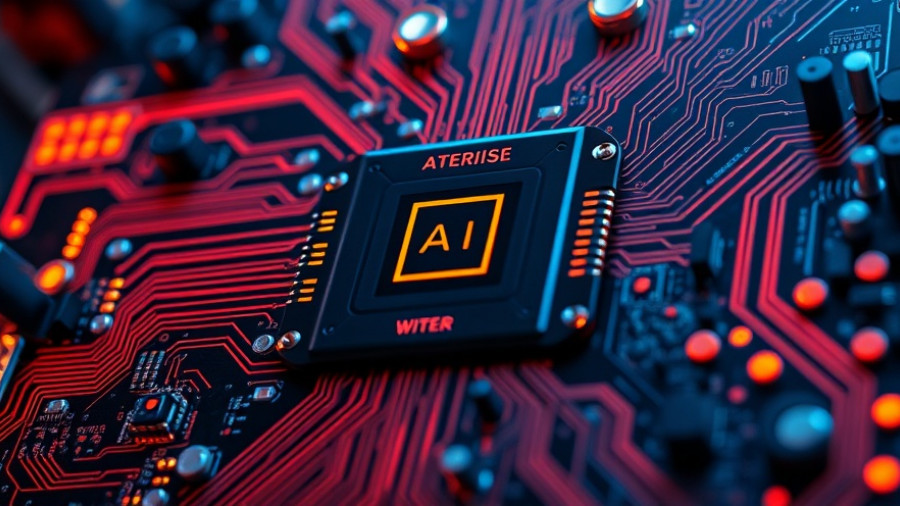
Self-Help vs. Formal Education: The Need for Balance
In a world filled with self-help books promising quick fixes and success stories, it’s essential to find a balance between inspiration and structured learning. The recent discussion about how self-improvement literature stacks up against traditional educational texts raises critical questions for today's youth. Young people, particularly those in their teens, often find themselves faced with numerous career paths and decisions that could shape their futures.
In 'Surgeon Rates Self-Help Books vs. Education,' the discussion dives into the value of self-improvement literature and formal education, exploring key insights that inspire a deeper analysis on our end.
Understanding the Value of Education
Education provides foundational knowledge and critical thinking skills that are imperative in any career, especially in fields that require specialized training such as medicine. For instance, aspiring doctors need extensive education and hands-on experience to navigate their fields successfully. This necessity for formal training emphasizes the importance of spending adequate time developing skills—whether through rigorous academic studies or practical applications.
Exploring Self-Help Literature
On the other hand, self-help books can serve as valuable sources of motivation and guidance. Figures such as Dale Carnegie or Napoleon Hill offer practical insights that many find motivational and applicable to their lives. However, the challenge lies in discerning which advice is genuinely beneficial and which may be based on anecdote rather than evidence.
The Role of Experience
As you explore these two worlds, remember that personal experience plays a significant role in determining what information resonates with you. Revisiting materials over time, whether academic or self-help, can unveil different insights that align better with your current situations. This adaptability highlights the need to remain open-minded while extracting valuable lessons from various sources.
Advice for Young Individuals
If you are at a crossroads, uncertain about your future direction, consider reflecting on your passions, interests, and the time commitment required for different careers. Self-discovery is a crucial part of the journey. It’s important to invest time in finding what drives you and pursuing it with dedication. This personal commitment can transform even the most challenging days into fulfilling experiences.
Take Action Towards Your Future
As you navigate your options—whether you lean towards self-improvement books or delve into traditional education—remember to seek information that helps you grow. Assessing your interests and goals will pave the way for a more enriching future. Take that critical first step today towards exploring your passions!



Write A Comment